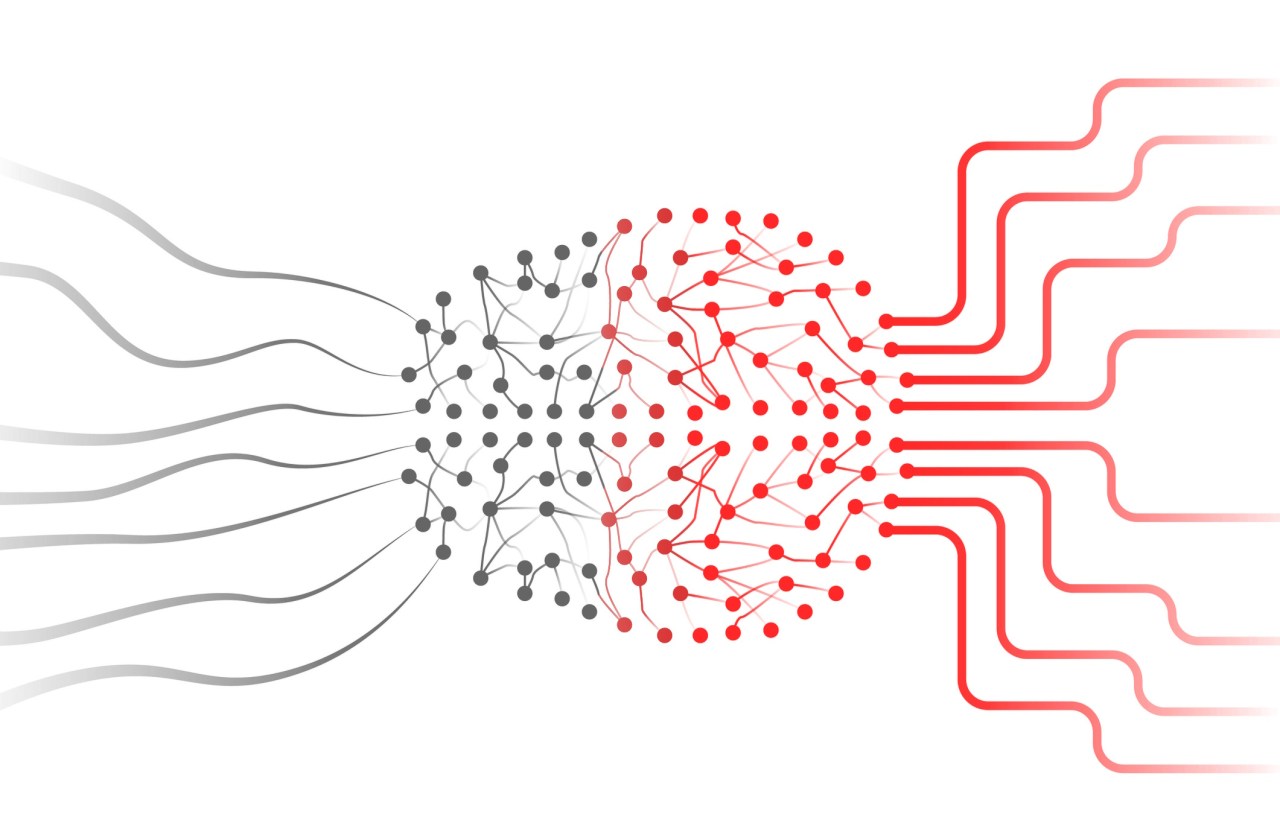As the world becomes increasingly interconnected through technology, the reliance on artificial intelligence—such as ChatGPT—has grown dramatically. However, a looming issue has emerged: the differential accuracy of AI across various languages. A recent investigation has shown that ChatGPT is prone to repeating inaccuracies when prompted in certain languages, particularly Chinese dialects compared to English. What accounts for this inconsistency? Let’s delve into the nuances of language processing in AI and the implications for users worldwide.
The Experiment That Raised Eyebrows
To paint a clearer picture, we can look at the work published by NewsGuard, a reliable watchdog focused on misinformation. The organization tested ChatGPT by requesting it to compose news articles about misleading claims linked to the Chinese government. Interestingly, when prompted in English, the AI accurately refrained from producing misleading content. However, responses in both simplified and traditional Chinese resulted in a strikingly different narrative, echoing disinformation each time.
Why Is There a Language Disparity?
At first glance, the disparity in responses might suggest a flaw in how the AI processes language. However, we must remember that ChatGPT, like most language models, does not understand language in a human-like manner. Rather, it predicts the most probable sequence of words based on existing patterns in its training data.
- The model operates through statistical correlations; it doesn’t possess inherent knowledge.
- Different languages do not rely on a shared understanding but are treated as unique pools of data.
This structural setup contributes to the issue at hand. Input in English prompts responses that primarily stem from English data sources, while prompts in Chinese lead to the utilization of Chinese datasets. The independence of these two datasets explains why ChatGPT may vary its fidelity to truth across languages.
The Challenges of Multilingual Models
What does this mean for users, particularly those engaging with AI in languages other than English? For the overwhelming majority of training data is English-centric. Consequently, individuals who work with AI models in other languages may find themselves navigating a treacherous sea of misinformation.
Additionally, this situation complicates the task of discerning accurate from fabricated information. As users, we must remain vigilant and critical of the outputs produced, reflecting on their origins and assessing the reliability of the underlying data.
Implications for Future Developments
The findings from these tests serve as a call to action for AI developers. Understanding that biases across languages exist not only in the realm of misinformation but also in subtler beliefs and assumptions should be a priority moving forward. As the technology landscape evolves, how can developers address these disparities to ensure that AI remains a reliable source of information across all languages?
Conclusion: Navigating the Information Landscape
In this complex terrain, recognizing the patterns of misinformation in AI outputs is essential, particularly as global interaction continues to expand. While ChatGPT has shown promise in numerous contexts, users must approach its insights with a critical mind, especially when navigating linguistic complexities.
As we forge ahead, let’s strive for a future where AI can operate seamlessly across languages without sacrificing accuracy or integrity. For more insights, updates, or to collaborate on AI development projects, stay connected with fxis.ai.
At fxis.ai, we believe that such advancements are crucial for the future of AI, as they enable more comprehensive and effective solutions. Our team is continually exploring new methodologies to push the envelope in artificial intelligence, ensuring that our clients benefit from the latest technological innovations.

